Typical P&ID arrangement – Pressure Safety Valves
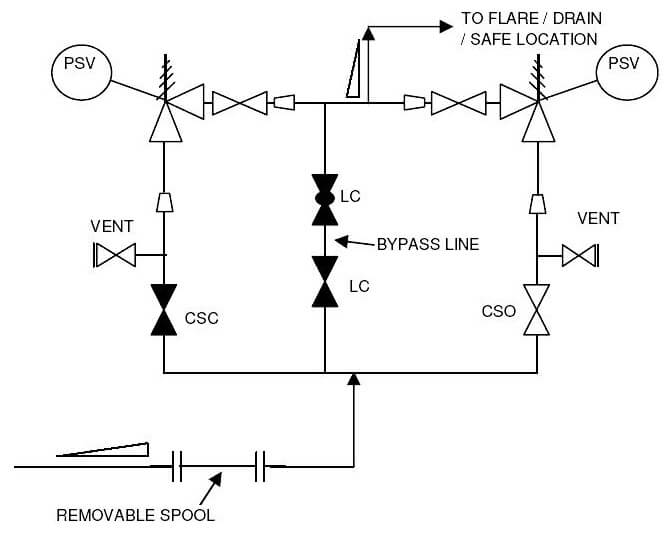
- The sample drawing presented here represents a typical arrangement generally used to represent safety valves or relief valves on P&ID. First of all a proper safety valve symbol should be selected to represent the control valve as per the project standards.
- For protecting equipments that are not spared and equipments that cannot be isolated without disrupting the plant / unit a spare safety valve is recommended to be provided as shown in the sample drawing.
- Generally, the safety valve inlet / outlet nozzles are smaller than the corresponding line sizes. This change in diameter should be clearly indicated in the P&ID with reducer and expander.
- Block valves should be provided upstream and downstream of the safety valves in case of shutdown and maintenance. Normally provision is made to keep these valves locked or sealed open. The spare safety valve is kept locked or sealed closed, as indicated in the sample drawing.
- A vent valve is normally provided between the safety valve and upstream block valve.
- Normally, bypass should provided for safety valves for process or start-up requirements. Type, number and size of bypass valves will depend on the project standards.
- Depending on the service handled, the discharge from PSV can be either routed to flare system for hydrocarbon service, for closed/open drain systems or to atmosphere at a safe location for non-hazardous service.
- The inlet lines to the safety valves are always sloped toward to protected equipment and the outlet lines from the safety valves are always sloped towards the flare header / the knock out drum or the safe location.
- When a PSV is connected to the flare system, the inlet line piping should be equipped with a spool piece to facilitate dismantling, as indicated in the sample drawing. For PSVs discharging to atmosphere, this is not required.
- All the guidelines given here are very general and may be modified as per specific requirements of any particular project.

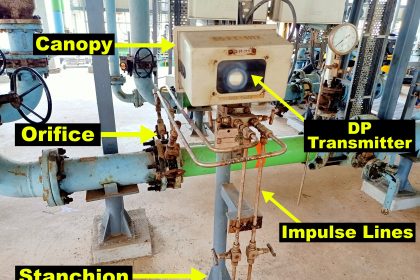
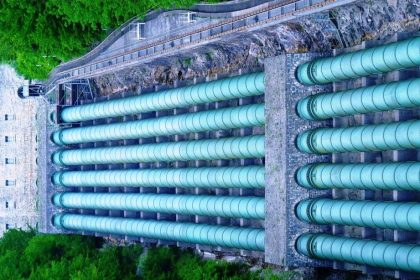
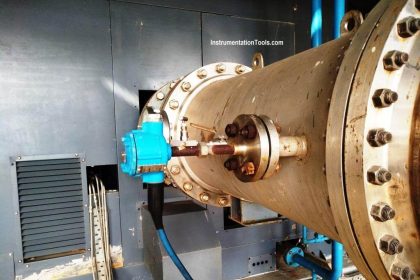
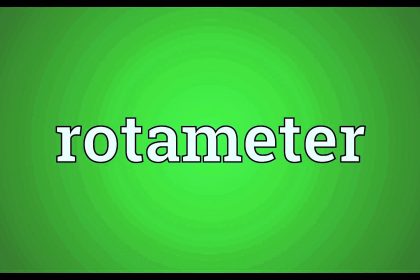
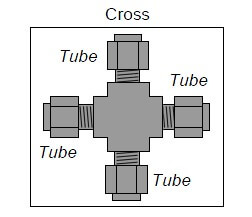
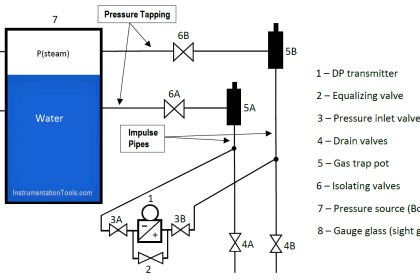
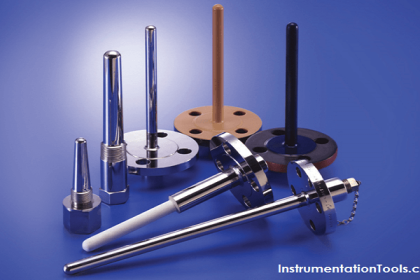

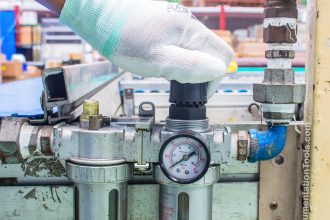
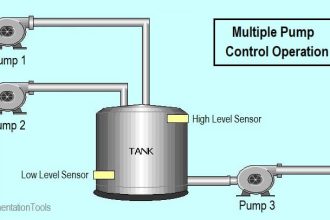
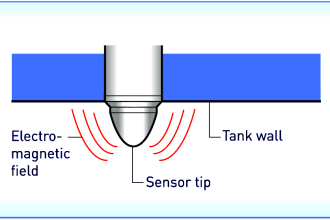
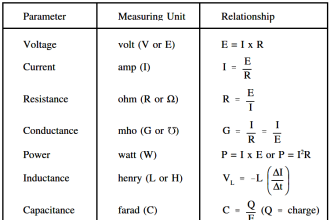
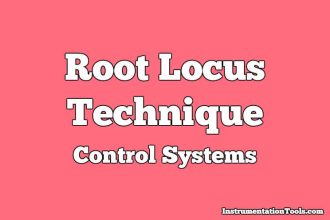
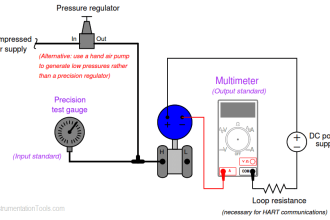
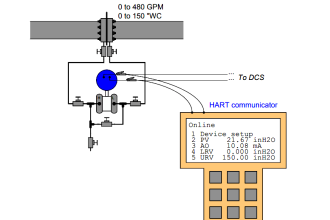

What is the need for vent valve provided between PSV and block valve?